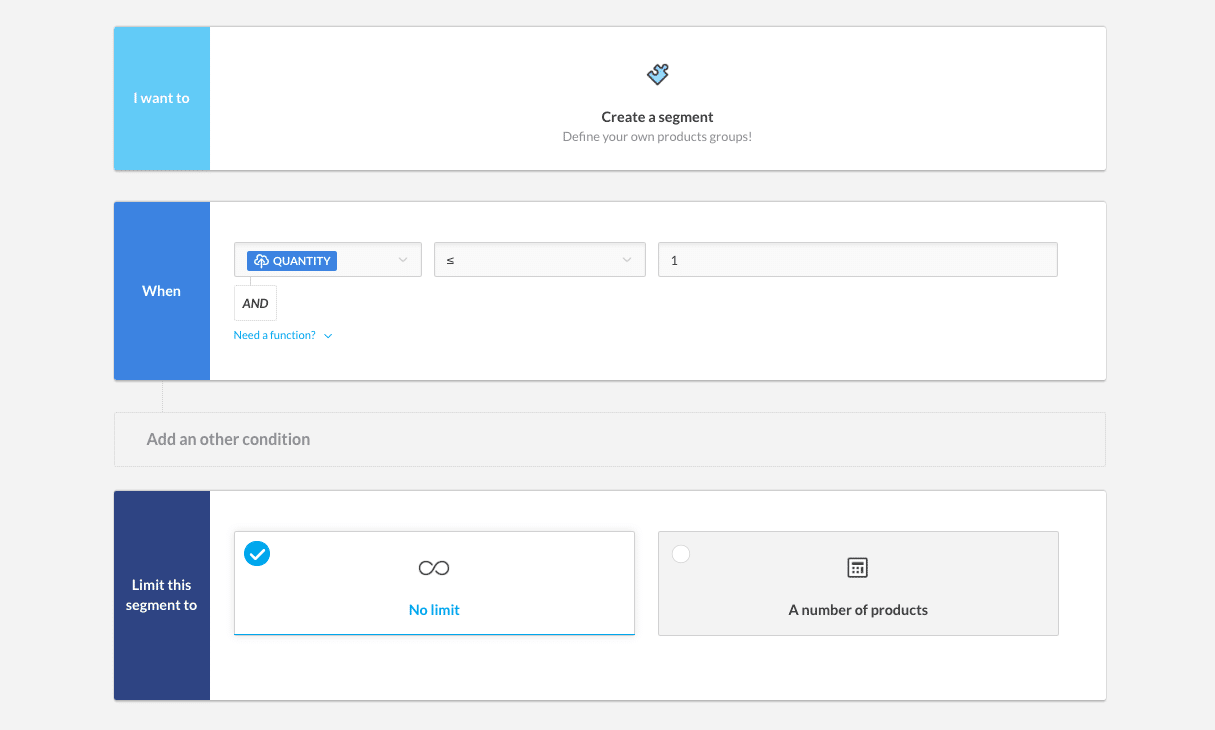Mastering Google Shopping Management
28/11/23
4'
Effective Google Shopping management is key for retailers looking to capitalize on the opportunities of the e-commerce landscape. Google Shopping enables consumers to search, compare, and buy physical products from a variety of retailers. As a comprehensive Comparison Shopping Engine (CSE), it simplifies the buyer’s journey while offering a vital avenue for brands and retailers to showcase their offerings.
Skillful management of Google Shopping product listing ads can be a game-changer in a retailer’s digital marketing approach, providing a substantial boost in online visibility and sales. Let’s have a look at the different steps needed.
Step 1: Prioritize Accurate and Transparent Product Data
The foundation of Google Shopping success lies in the accuracy and transparency of your product data. This encompasses every aspect of your products, from detailed descriptions and correct pricing to up-to-date stock availability. Inaccurate or misleading information can lead to poor customer experiences and negatively impact your brand’s reputation.
Key metrics to monitor
- Accuracy of product descriptions and specifications.
- Consistency in pricing across different platforms.
- Real-time updates on product availability.
Step 2: The Role of Tools in Feed Management
Efficient management of your Google Shopping feed is non-negotiable. This can be approached in several ways. Manual creation is one of them. While time-consuming, this approach offers complete control over every aspect of your feed. On the other side, feed management tools like Lengow automate and streamline the feed management process, reducing the potential for errors and saving valuable time. For larger retailers, using a content API can provide a more dynamic and responsive way to manage product feeds.
Advantages of using feed management tools
- Automation of routine updates and changes.
- Improved accuracy and consistency in product data.
- Enhanced scalability and efficiency.
Step 3: Embracing Automation in Routine Tasks
Automation in Google Shopping management isn’t just a convenience; it’s a necessity for scaling and maintaining efficiency. Automated processes can handle repetitive tasks such as bid adjustments, product updates, and data analysis, freeing up time for strategic planning and creative campaign development.

An example of an automatic rule that excludes automatically products out of stock (source: Lengow)
Lengow, for example, uses automatic rules to segment and label products, a process that is crucial for effective campaign management. This segmentation allows for targeted marketing efforts, making sure that the right products are shown to the right customers at the right time.
Benefits of automation
- Increased efficiency and time savings.
- Reduced human error.
- Ability to focus on strategic tasks.
Step 4: Knowing Your Products and Customers
Understanding your products and customers is crucial for Google Shopping. This knowledge helps create targeted campaigns that resonate with your audience and highlight the unique selling points of your products.
Strategies for understanding customers
- Conduct market research and customer surveys.
- Analyze shopping behavior and trends.
- Use customer feedback to refine product offerings.
Step 5: Step-by-Step Campaign Management
Effective campaign management in Google Shopping involves several key steps:
- Google Merchant center account: The gateway to Google Shopping, where you upload and manage your product data.
- Optimize product imagery: High-quality images can significantly impact click-through rates.
- Create a product data feed: This is the heart of your Google Shopping campaign, containing essential product information.
- Link Google ads account: Essential for running and managing shopping campaigns.
- Create and manage campaigns: Setting up campaigns with specific goals and parameters.
- Bidding strategy: Developing a bidding strategy that maximizes visibility while maintaining budget efficiency.
- Targeting and scheduling: Tailoring your campaign’s reach and timing to align with your target audience’s behavior.
Your e-commerce library
Sign up for our newsletter
By submitting this form you authorize Lengow to process your data for the purpose of sending you Lengow newsletters . You have the right to access, rectify and delete this data, to oppose its processing, to limit its use, to render it portable and to define the guidelines relating to its fate in the event of death. You can exercise these rights at any time by writing to dpo@lengow.com

Trending Posts
Marketing channels
ChatGPT Ads and advertising on GenAI Search Engines: what you need to know
Advertising on generative AI-based search engines (GenAI) marks a new era in digital marketing. After two decades dominated by traditional…
22/05/25
6'
Marketing channels
Reddit and Social Commerce: When Users Take Back Control
Before buying anything, we compare. We hesitate. And more and more often, we end up typing the product name followed…
30/06/25
8'
Marketing channels
How to Sell on TikTok in 2025: The Ultimate Guide to Success
To sell or not to sell on TikTok? That remains a question many brands ask themselves. But here’s what you…
03/02/25
7'
E-commerce Trends
E-Commerce 2025: The New Rules of Digital Retail
What’s going on in e-commerce? A lot. If 2024 was the year brands got comfortable with marketplaces, AI tools, and…
11/07/25
8'
Marketing channels
Omnichannel Strategy: The Best Examples of Successful Brands
Consumers interact with brands through multiple channels, including online, in-store, and mobile apps. More than 90% of consumers expect a…
04/04/25
5'




